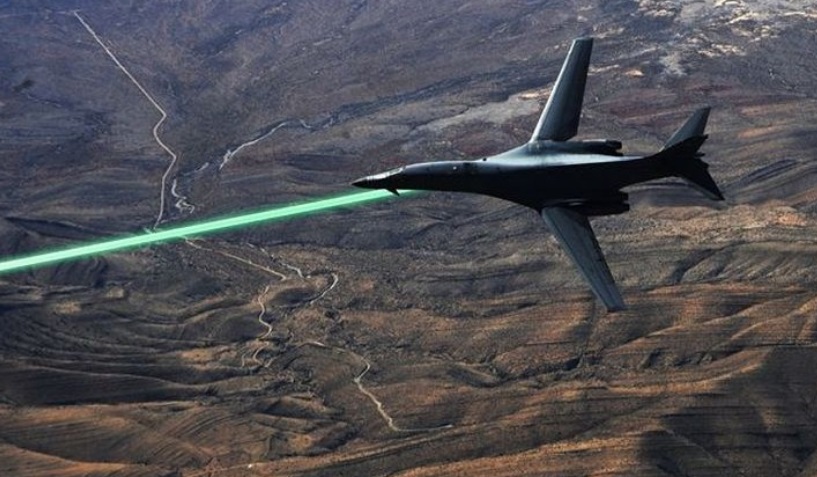Revolutionary single stage rocket design can launch satellites into orbit in just five minutes
04/28/2017 / By Earl Garcia

New Mexico-based ARCA Space Corporation has unveiled a concept for a single-stage-to-orbit (SSTO) rocket called the Haas 2CA. The STTO rocket is only the most recent development in a series of rockets being developed by the company. The Haas 2CA, named after rocket pioneer Conrad Haas, uses a linear aerospike engine instead of traditional bell-shaped engine. This allows Haas 2CA to deliver both a small payload such as a satellite, and itself into low Earth orbit without the need for a multi-stage process.
Today’s rocket launching process requires a big deal of energy by way of propellants. These propellants are kept inside the rocket and are burned by the rocket’s engines. This proves costly as more fuels are needed to run the whole thing. What makes ARCA’s Haas 2CA rocket unique is its use of the linear aerospike engines. According to the company, this method is 30 percent more efficient than today’s current technology. The concept of aerospike dates back in the 1960s. According to the concept, the air itself will serve as the missing half of the rocket bell, which contains hot gases that are then expelled from the combustion chamber. As the rocket ascends higher, the thinner air above will hold the gases less tightly. The gases will then spread out more as if the rocket bell expanded in size. This mechanism enables aerospike engines to automatically adjust from sea-level mode to high-altitude mode during flight.
“In the case of staged rockets, we are literally talking about more rockets combined in one vehicle to achieve orbit. It is definitely more cost effective to operate one rocket than a vehicle made of multiple rockets, as it requires less time, less qualified manpower and less demanding transport and launch operations. The SSTO may also offer the possibility to launch from an inland spaceport, as there are no first stages that will fall on the ground after burnout,” says Dumitru Popescu, ARCA Space Corporation CEO in an release in NewAtlas.com.
ARCA Haas 2CA specs
According to the company, Haas 2CA will stand 53 ft. tall and 4.95 ft. wide when finished. The rocket will weigh 35,887 lbs. when fueled. The STTO rocket uses hydrogen peroxide and RP-1 fuel. The rocket has up to 50,500 lbs. of thrust at sea level, which will enable it to carry a payload of 220 lbs. into low Earth orbit within 24 hours. The rocket is estimated to enter the microsatellite market.
ARCA’s Haas 2CA rocket is being co-developed by NASA’s Kennedy, Ames, Wallops, Marshall, Stennis, and Johnson Space Centers for the Cooperative Opportunity Program. The rocket is slated to take its first flight from the Wallops Flight Facility next year.
“When the Haas 2CA rocket launches, it will be the first rocket in history to place itself entirely into orbit. This opens new frontiers for exploration of the Solar System as the rocket can be refueled in-orbit and re-utilize its aerospike engine thus eliminating the need for additional upper stages. After the full qualification, the vehicle could be operated from inland spaceports as there are no stages that fall on the ground at burnout…The SSTO technology, once implemented, will increase the space flight responsiveness and lower the cost to values expected by the industry for decades. This rocket will also be the fastest vehicle to reach orbit, taking less than 5 minutes,” Popescu says.
Be in the loop with the latest development in space science with Space.news.
Sources include:



















